Artemundi (noun, neologism) [ar-te-MUN-di]
Definition: A coined term derived from Latin roots ars(art) and mundus(world), meaning “art of the world” or “world art.” Often used to signify global, timeless, or universally relevant art and culture. May also imply the pursuit, study or preservation of artistic heritage across civilizations.
Artemundi, we believe great art is more than necessary—it’s timeless. And time is the only thing we don’t truly own. A historical masterpiece holds cultural meaning, emotional depth, and real, lasting value. That’s why we treat art not only as a cultural treasure, to be shown and appreciated, but also as a smart, tangible investment to be shared.
The significance of art, does not negate its significant value and viceversa.
– Andy Warhol
We started Artemundi in 1989 with a simple but bold idea: we avoided the traditional brick and mortar business believing that people should be able to own important artworks without paying excessive fees or navigating an opaque system. Since then, we’ve helped clients around the world build meaningful collections with clarity and confidence.
We focus on artworks that have stood the test of time—Impressionist, Modern, Post-War, and late 20th-century pieces by artists whose market value is well-established. We don’t invest in speculative or emerging art. Our strategy is rooted in knowledge, not trends.
Over the years, we’ve managed over a billion dollars in art and completed thousands of transactions. We also pioneered the use of technology to make art investment more accessible. But what we’re most proud of is the reputation we’ve built—for honesty, duty, transparency, and results.
Our services
Fractional Art Ownership
Invest in shares of world-class masterpieces through a regulated, transparent platform designed for accredited investors.
Art Loans
Access non-recourse loans backed by blue-chip art; unlocking liquidity without selling your collection.
Estates & Appraisals
Independent, USPAP-compliant valuations for collectors, institutions, and fiduciaries; ideal for estate planning, insurance, donations, and legal needs.
Art Funds
We structure and manage art funds that treat fine art as a strategic financial asset, not just a cultural one.
Art Professional Services
Artemundi offers a suite of bespoke services meticulously tailored to each client’s goals; ranging from co-investments and managed accounts to professional collection building, museum advisory, and strategic partnerships.
Our track record
1989-2009
In the old days, we operated in a traditional manner—running a gallery, participating in art fairs, and relying on trust, relationships, and handshake agreements. While this period did not generate a formal track record, it built invaluable experience and was instrumental in shaping the disciplined, strategic approach that underpins Artemundi’s investment philosophy today.
2010-2015
Artemundi Global Fund
For more information about the Art Fund click HERE.
Total Assets Under Management (AUM): US$220,356,012.00
Initial Book Value per Share: US$500
Final Book Value per Share: US$983.55
Gross return (5 years): 96.71%
Net return (5 years): 85.36%
Internal Rate of Return (IRR): 17.41%
2016–2019
Total Assets Under Management (AUM): ~US$400,000,000.00
Between 2016 and 2019, Artemundi consistently managed art portfolios delivering an average EBITDA margin of 18.8% on sales—a reflection of its rigorous investment discipline, operational efficiency, and strategic market positioning.
2020–Present
Since 2020, Artemundi has concentrated on the development of innovative investment products that prioritize efficiency, technological integration, and scalable structures. The average realized ROI on exited fractional ownership investments has exceeded 16%, with approximately 40% successfully exited to date. For a comprehensive breakdown of individual performance metrics, please refer to the details associated with each exited investment.
*Past performance is not indicative of future results and does not guarantee future performance. The information provided herein is for informational purposes only and should not be construed as investment advice or a recommendation to buy or sell specific artists or artworks.
Our team
A team with experience & vision.
Our diverse team is integrated by international professionals, art collectors, specialists, and enthusiasts from the United States, Europe, United Kingdom, Mexico, Switzerland, and Brazil, unified by their deep artistic knowledge and their professional dedication towards delivering excellence in the art world.
Executive team
Javier LumbrerasNatascha Reihl
Ángel Gonzalez
Karla Torres
Almudena Mulas
Sofía Fernández
Michael Clark
Support team
Almudena Berzosa
Grace Lumbreras
Aldones Nino
Marina Cochrane
Enrique Liberman
Sandra P. Kayal
Our Artworks
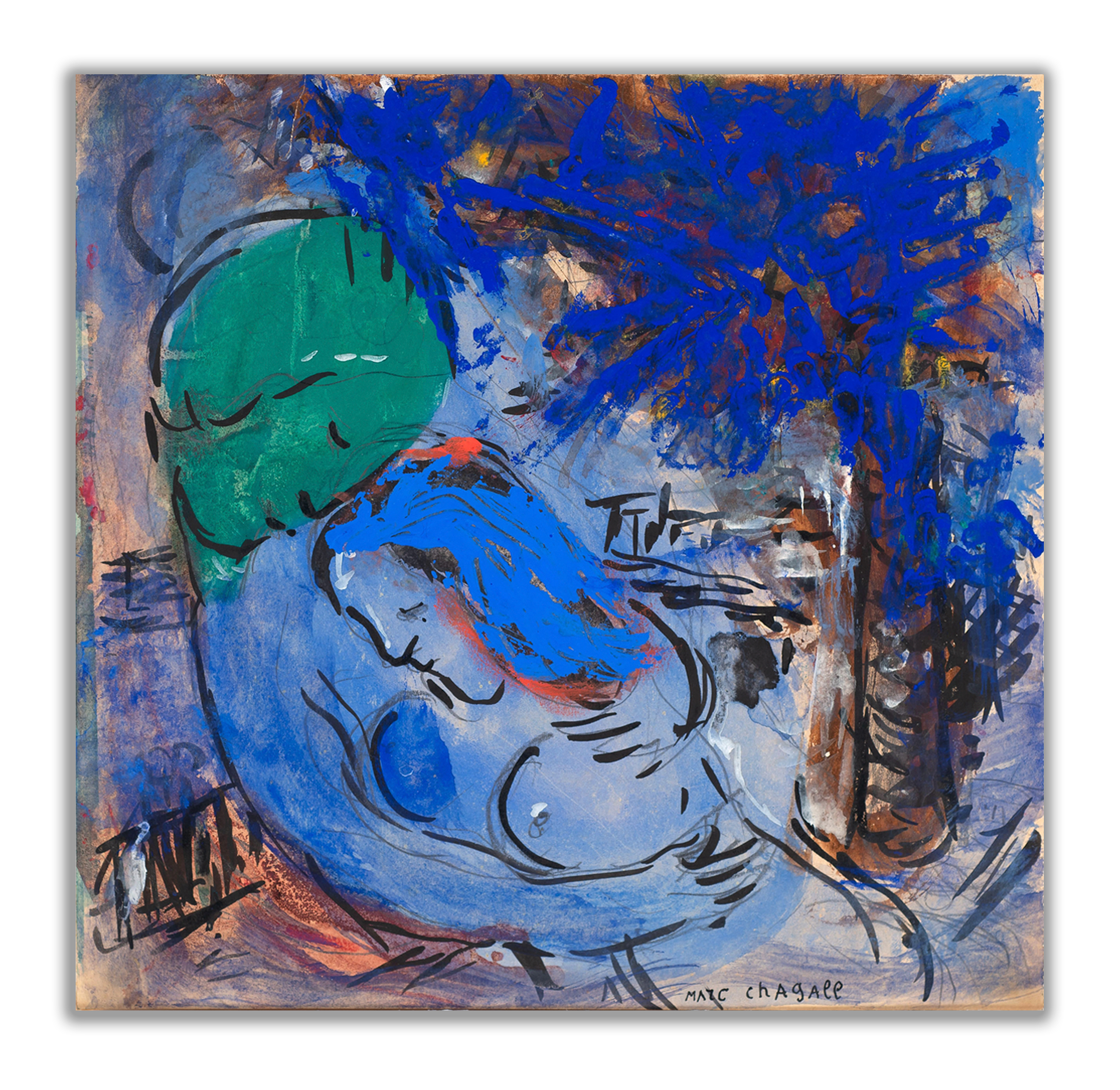
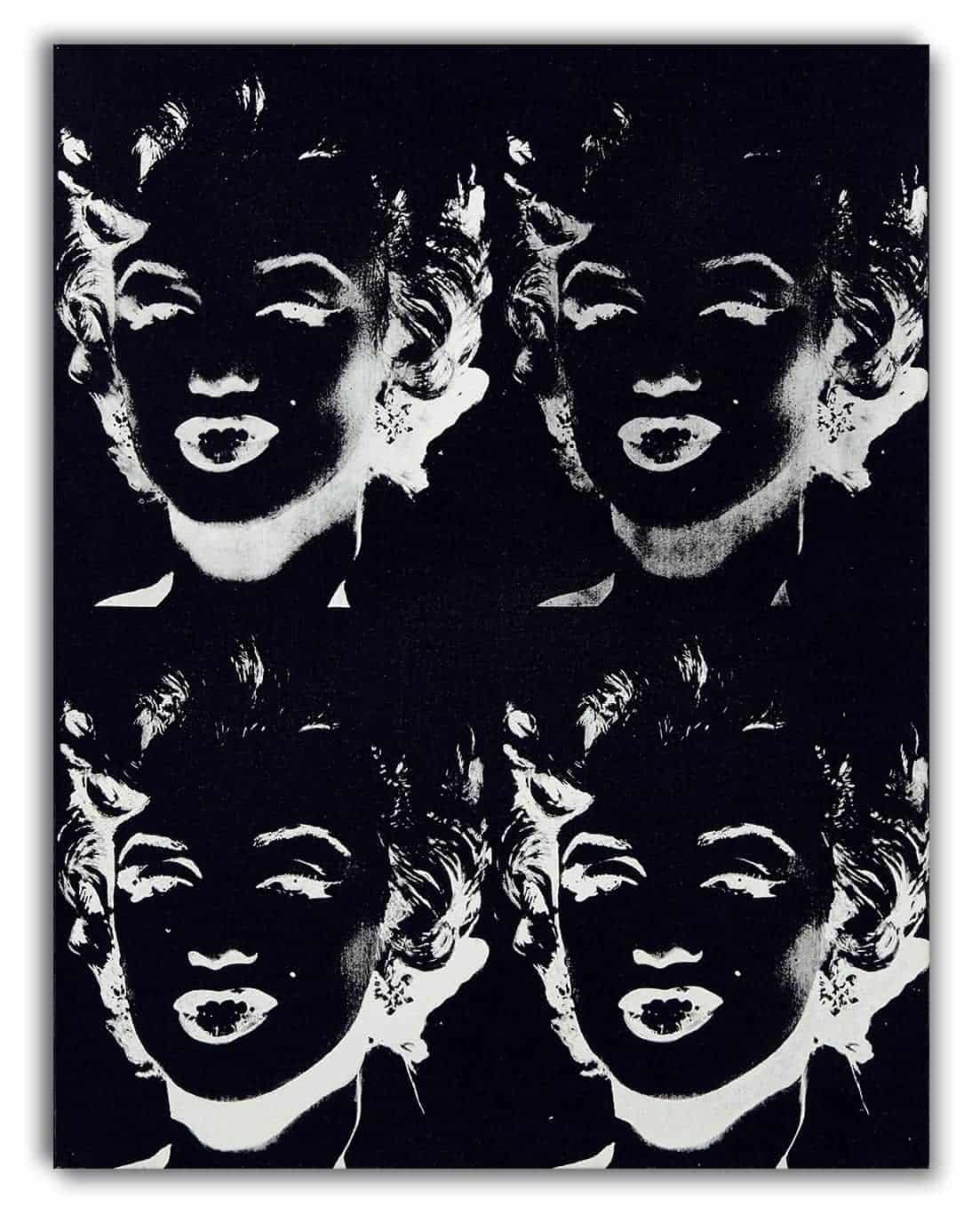

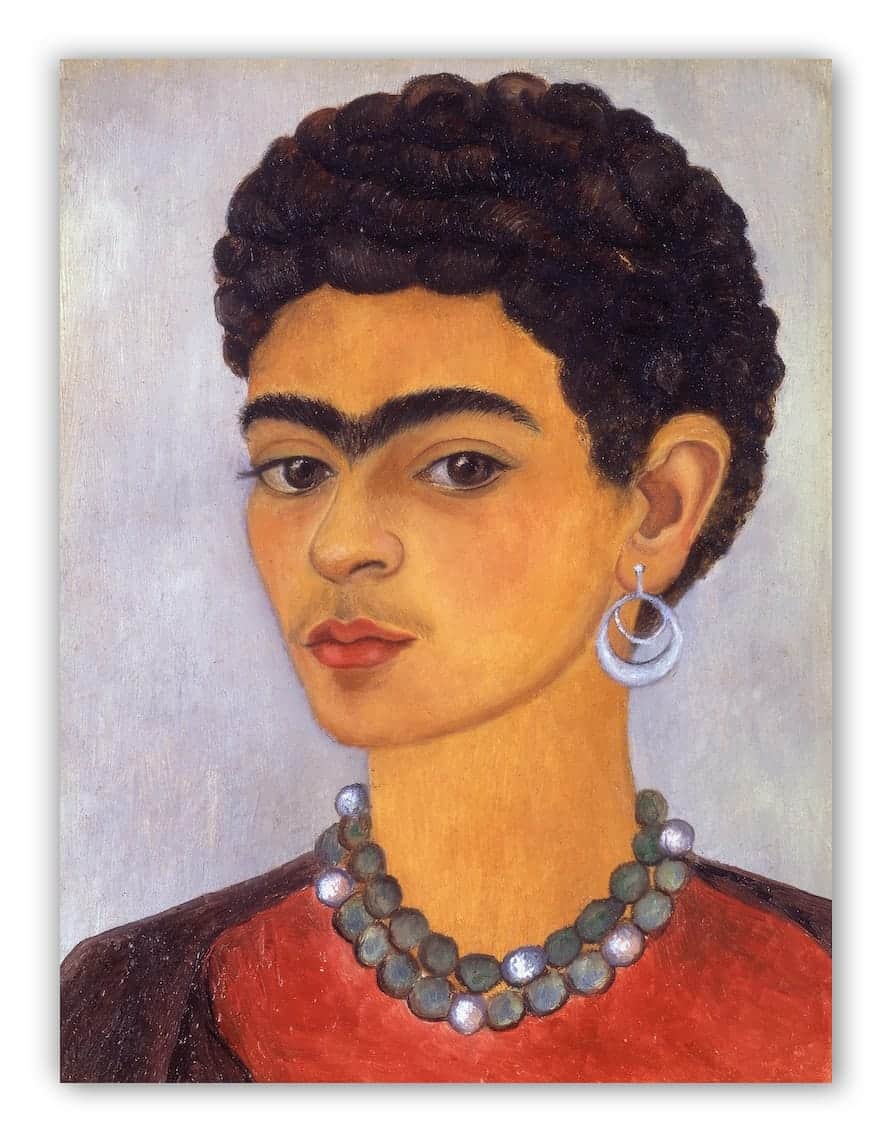


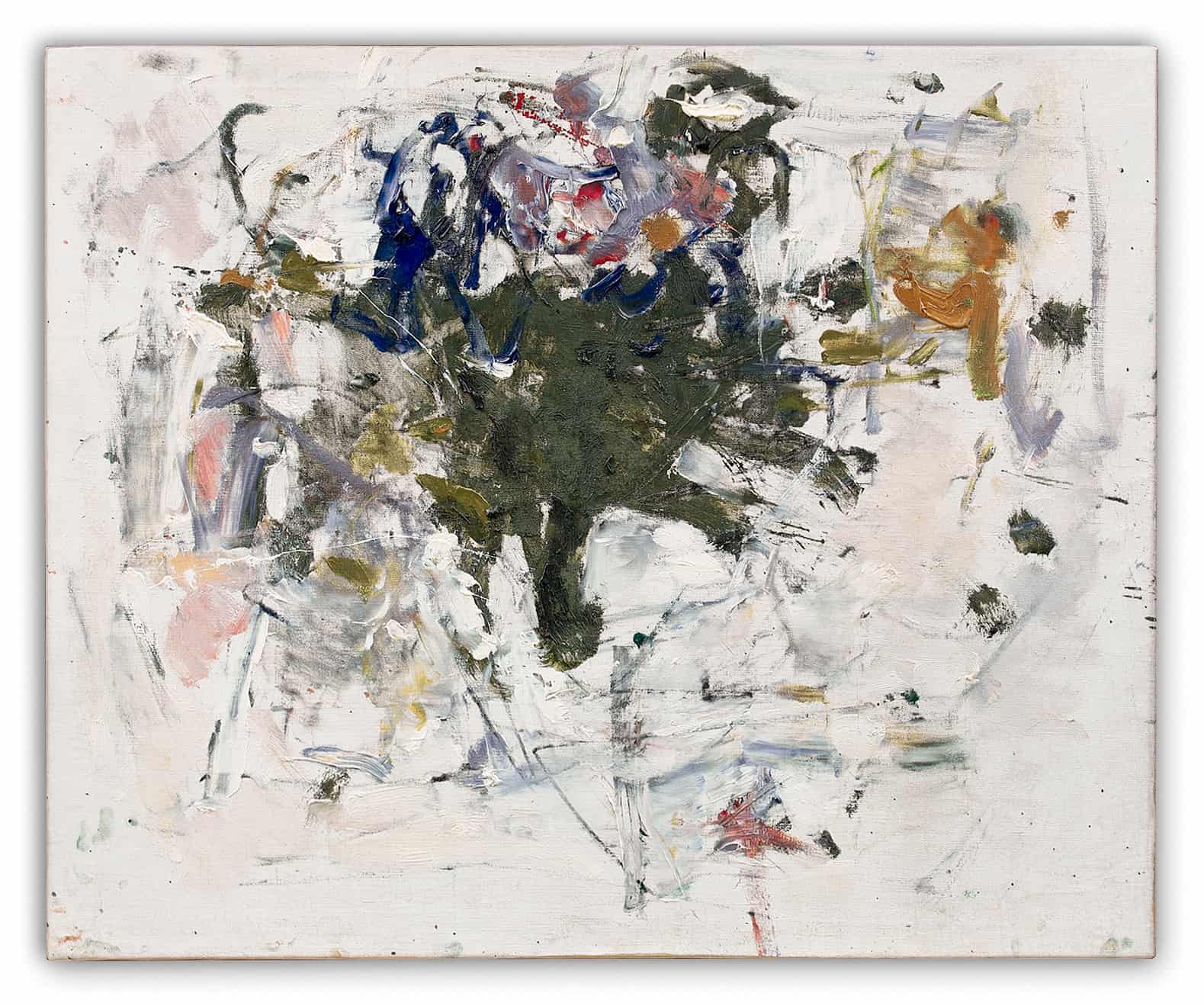
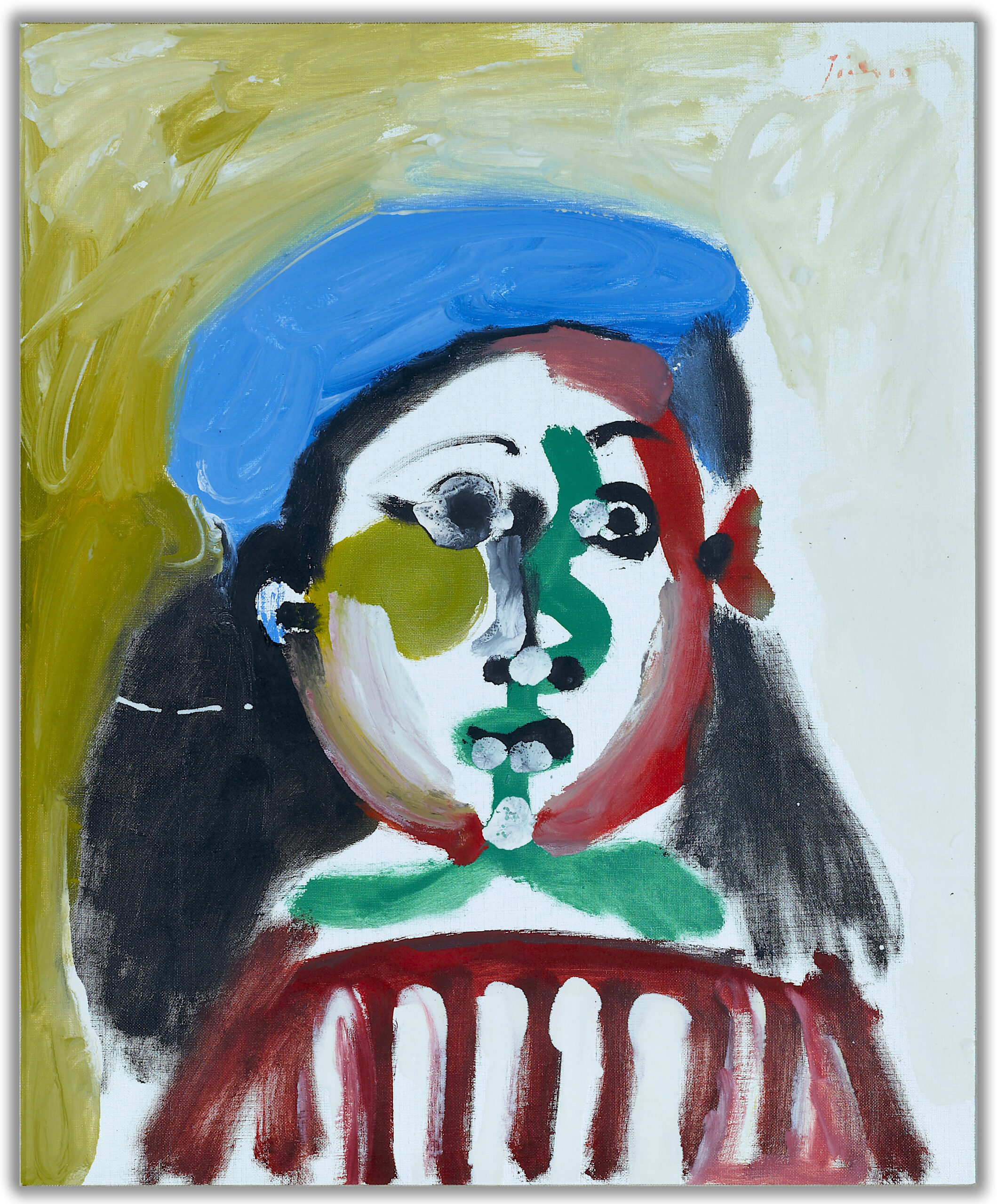
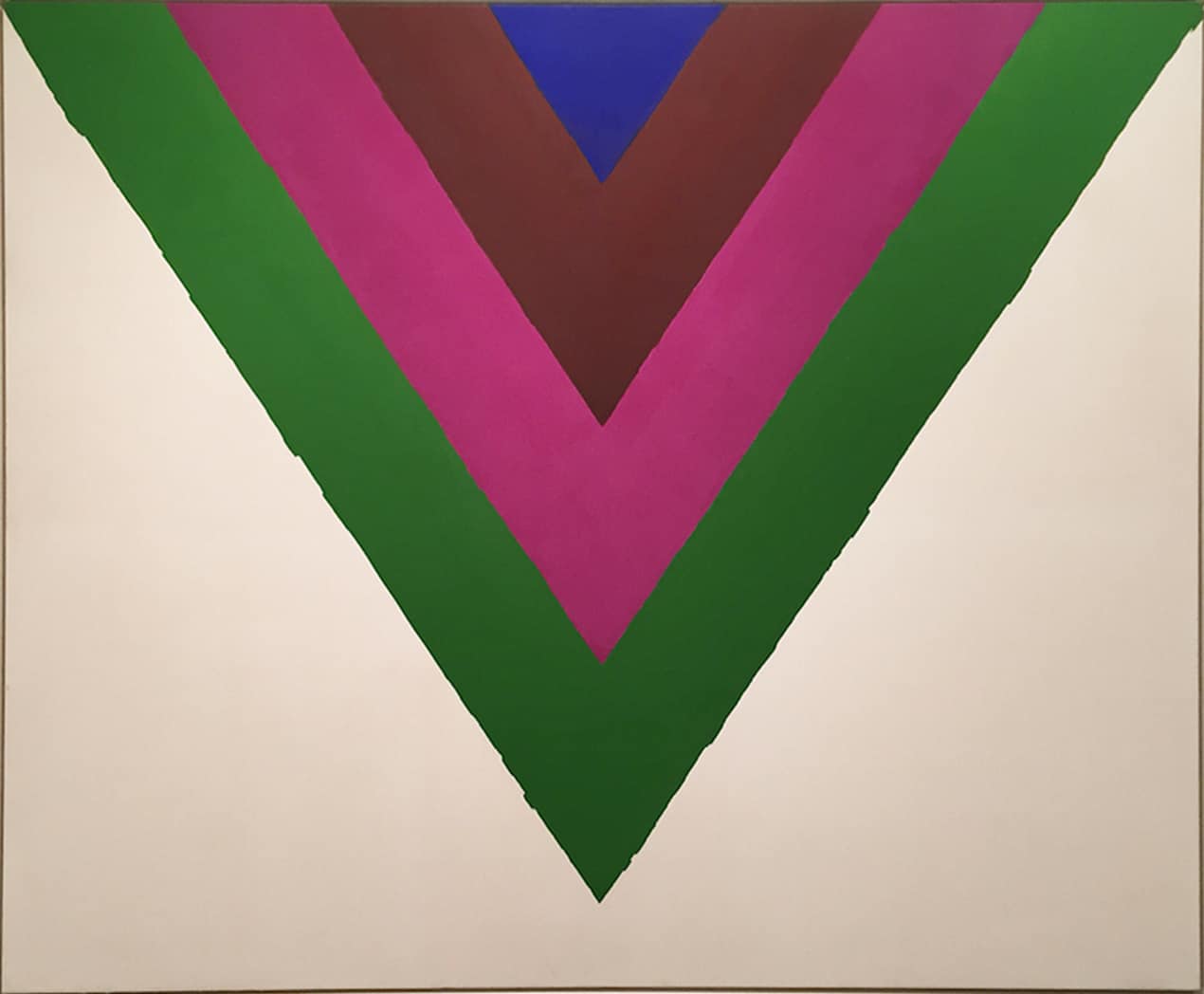
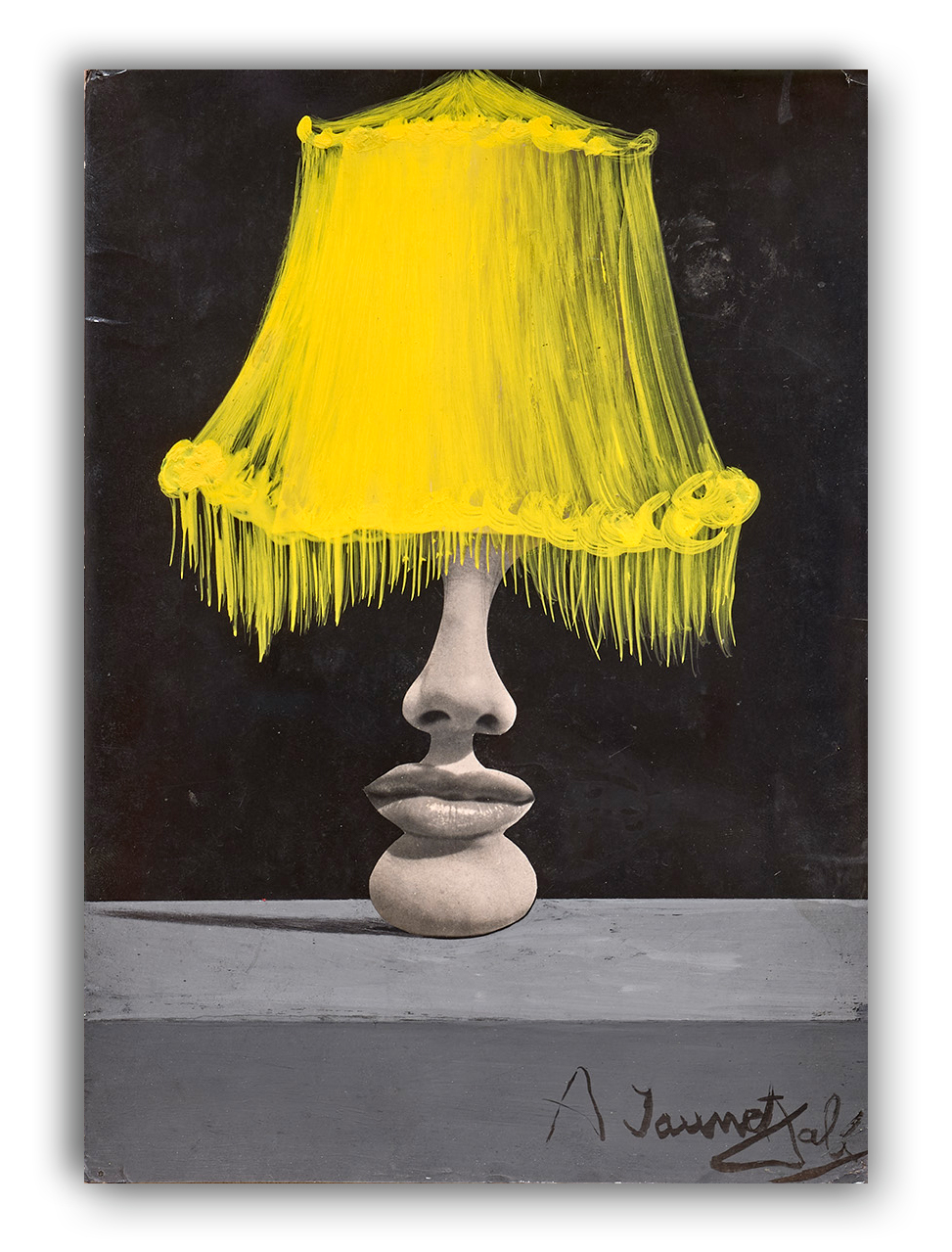

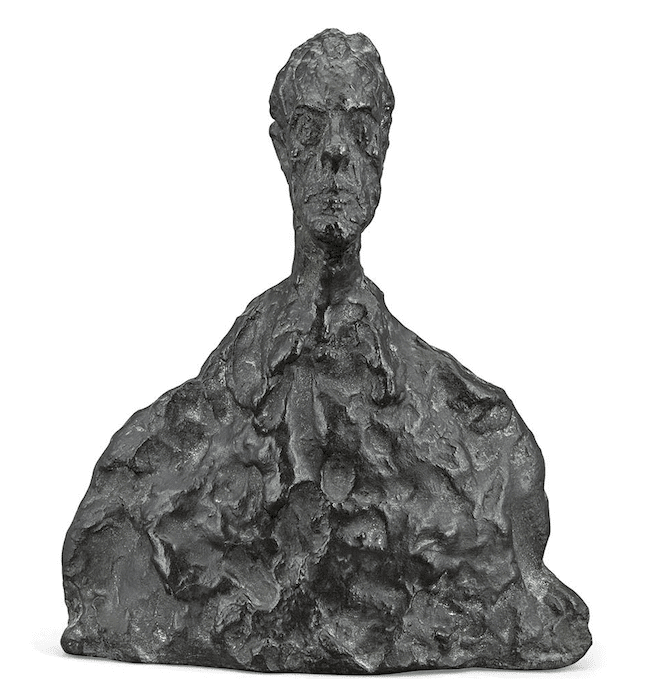


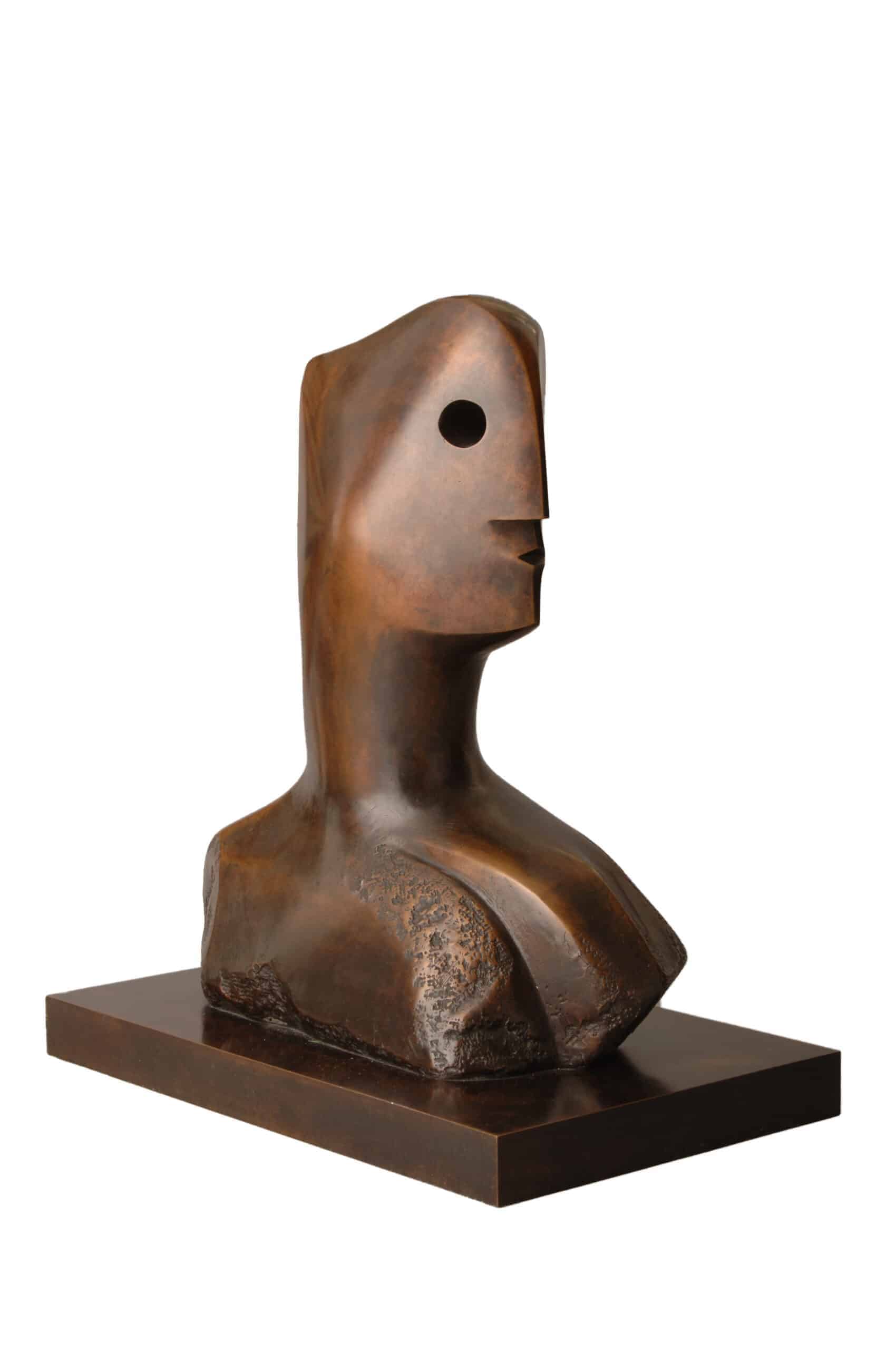

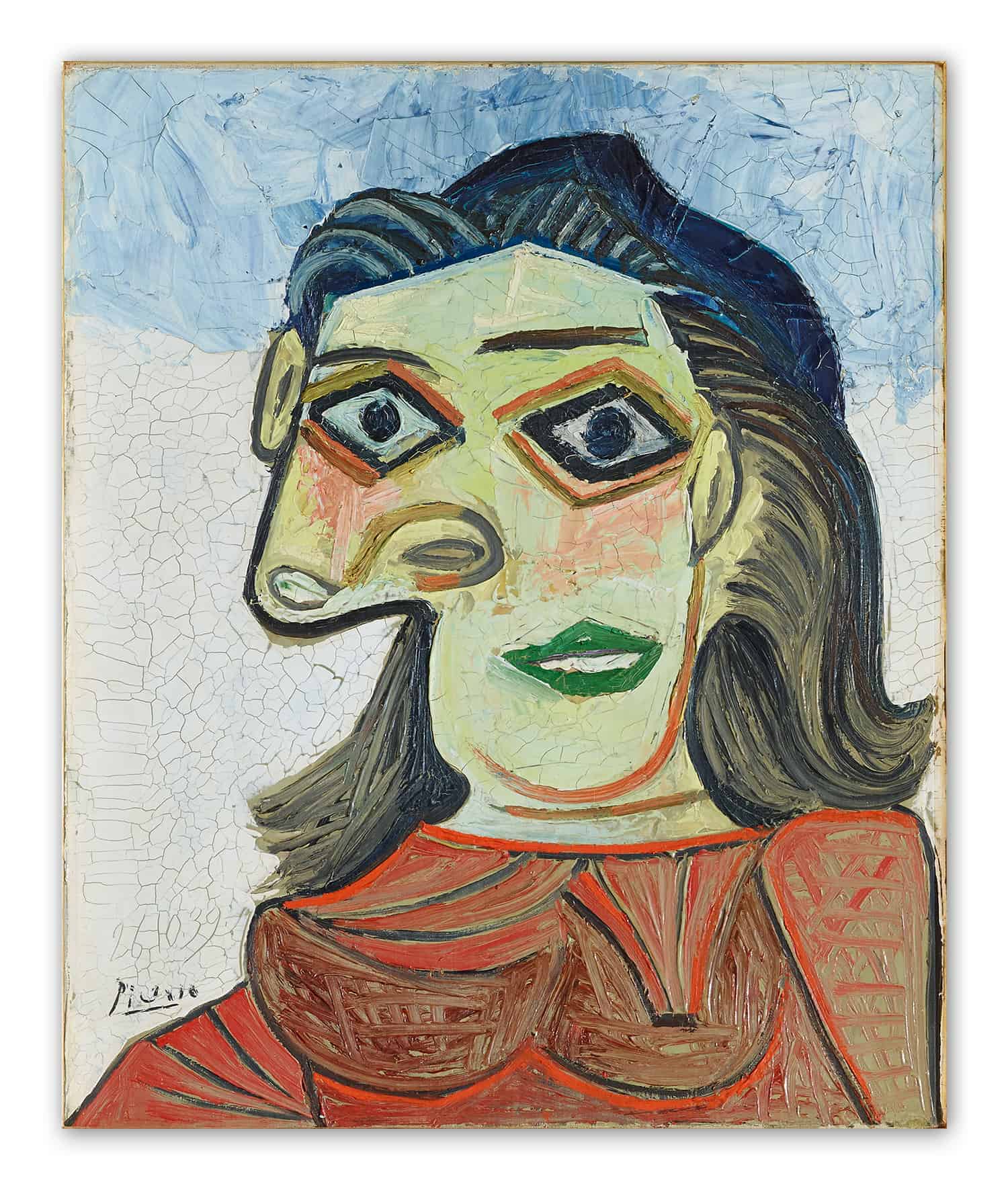

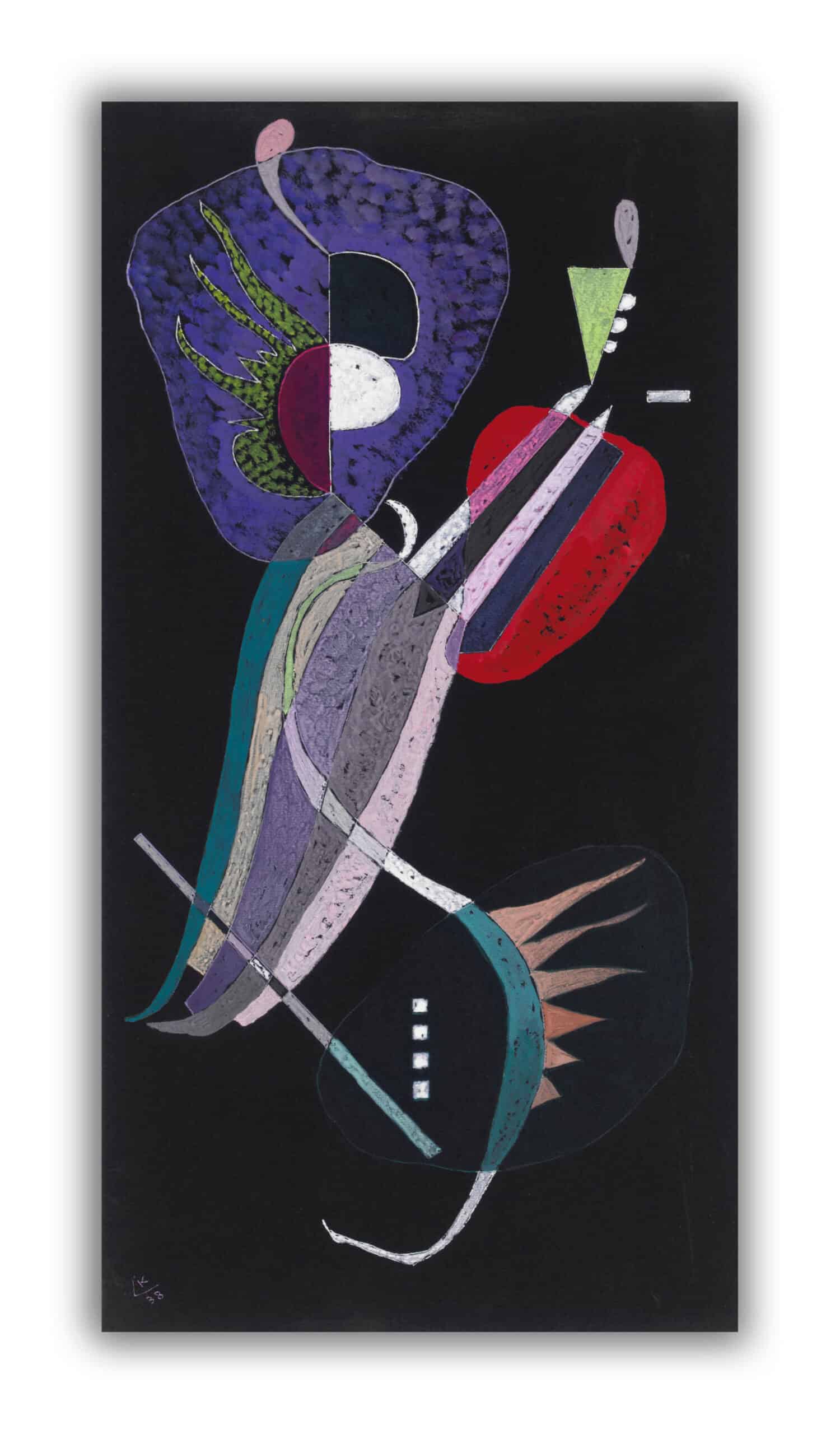
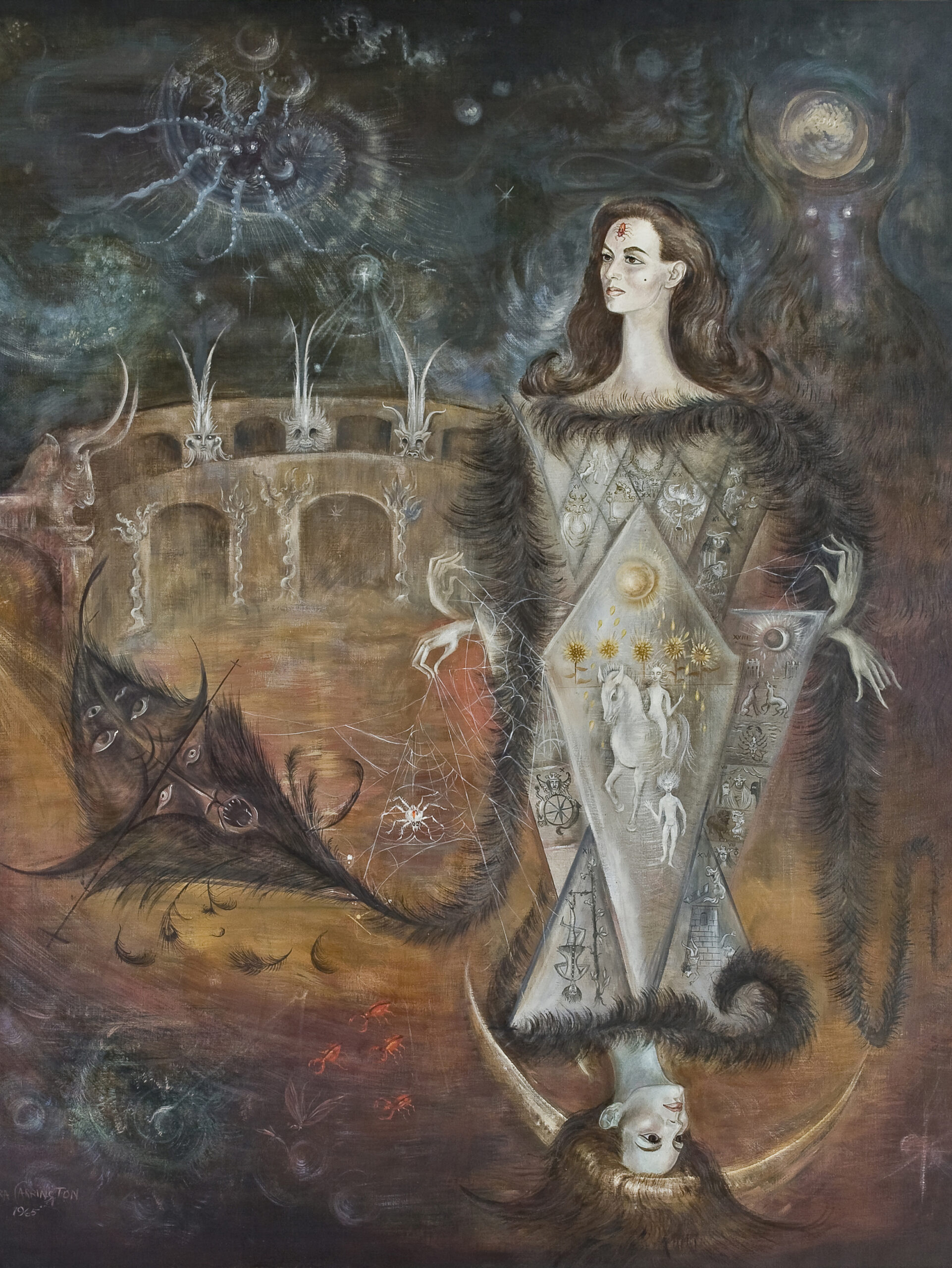
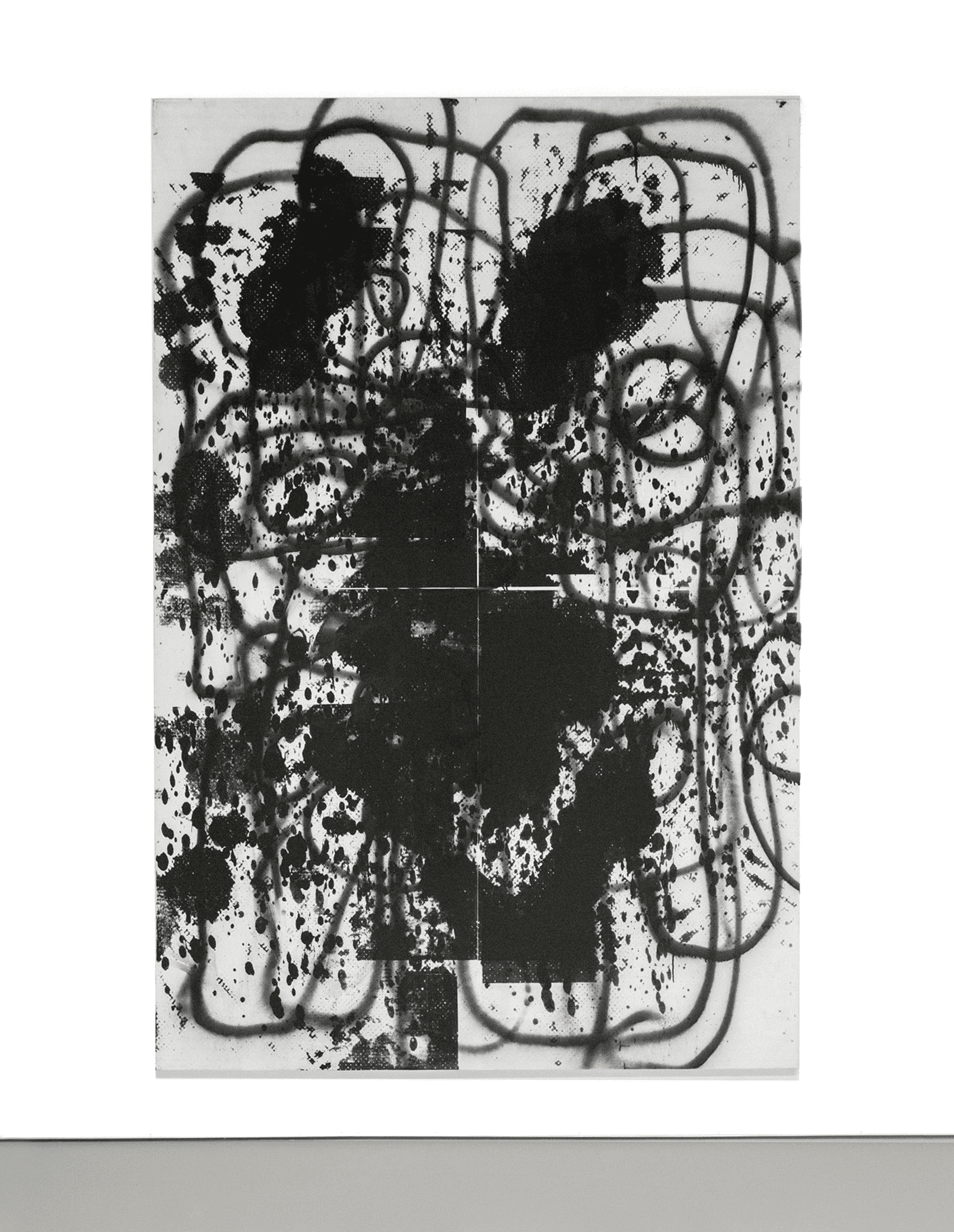

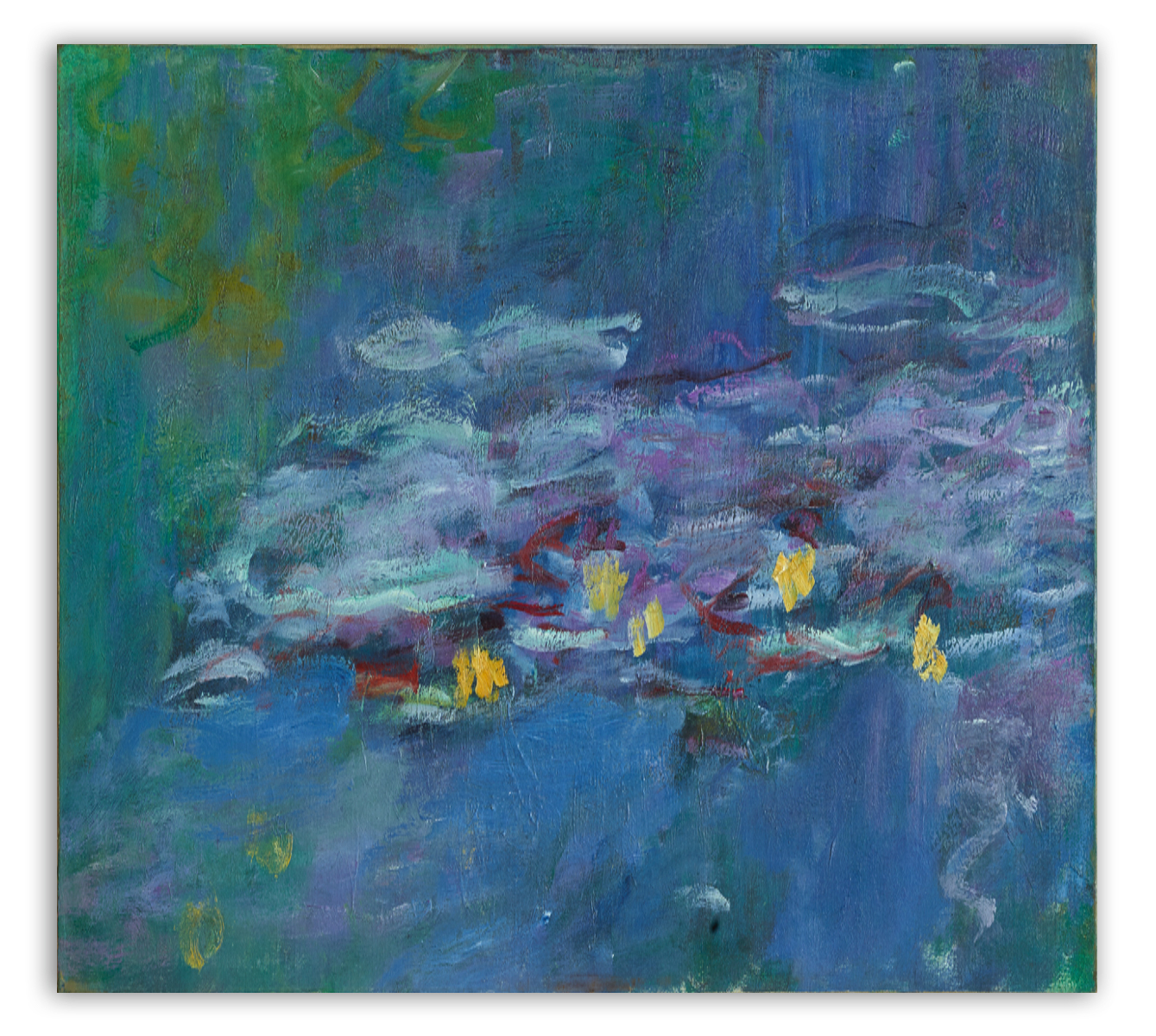
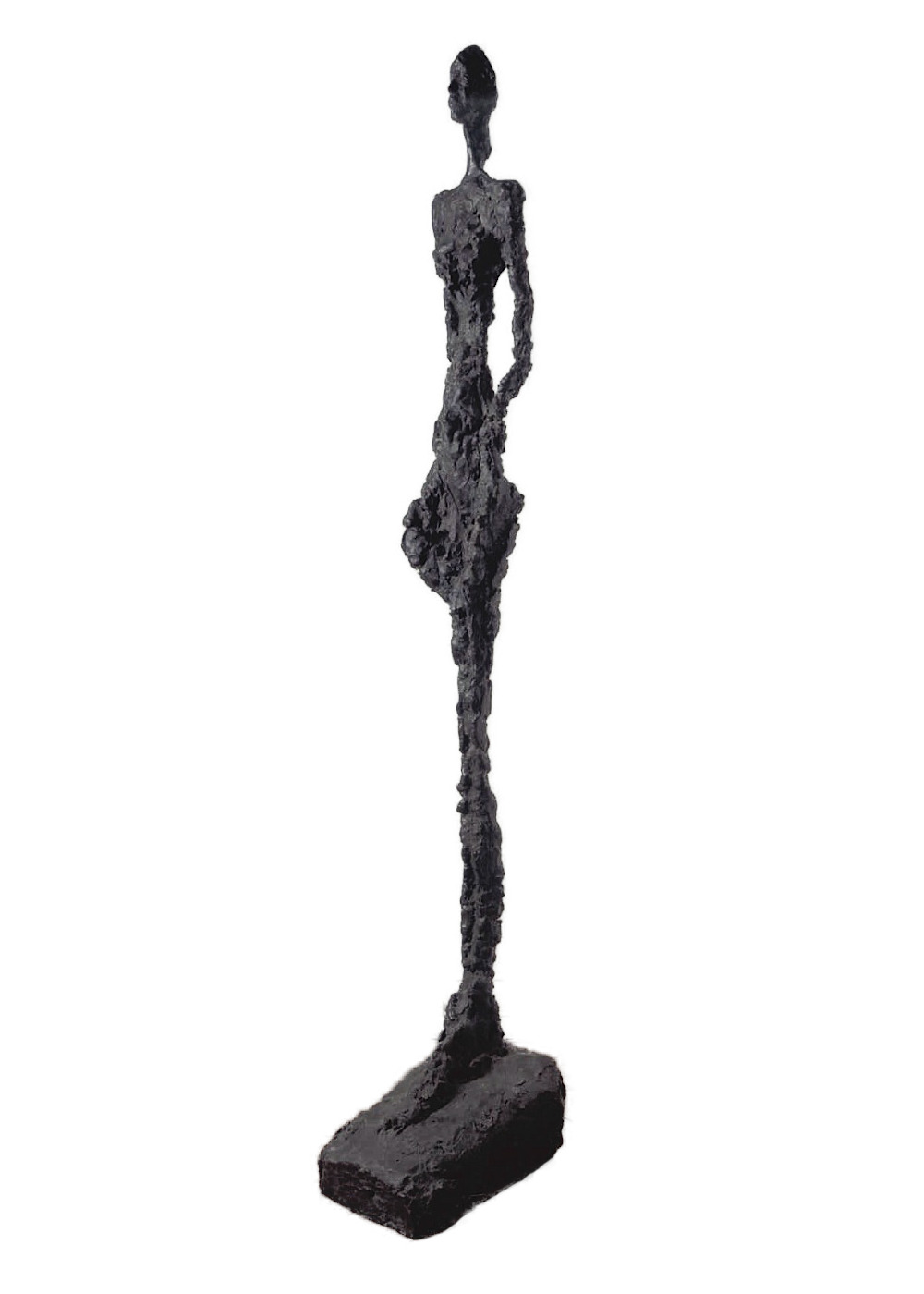
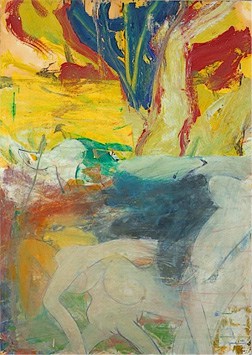

Our partners
Artemundi has substantially invested in building up our reputation throughout an extensive network amongst the best art professionals.
From recognized databases to insurance companies, our strategic relationships with prominent art market specialists include key senior personnel to ensure that our art portfolio is managed with due diligence and proficiency.
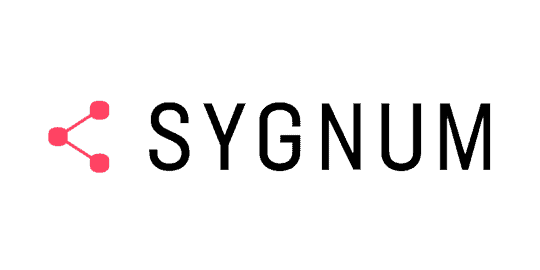






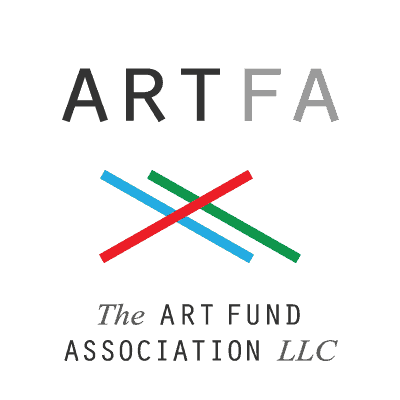
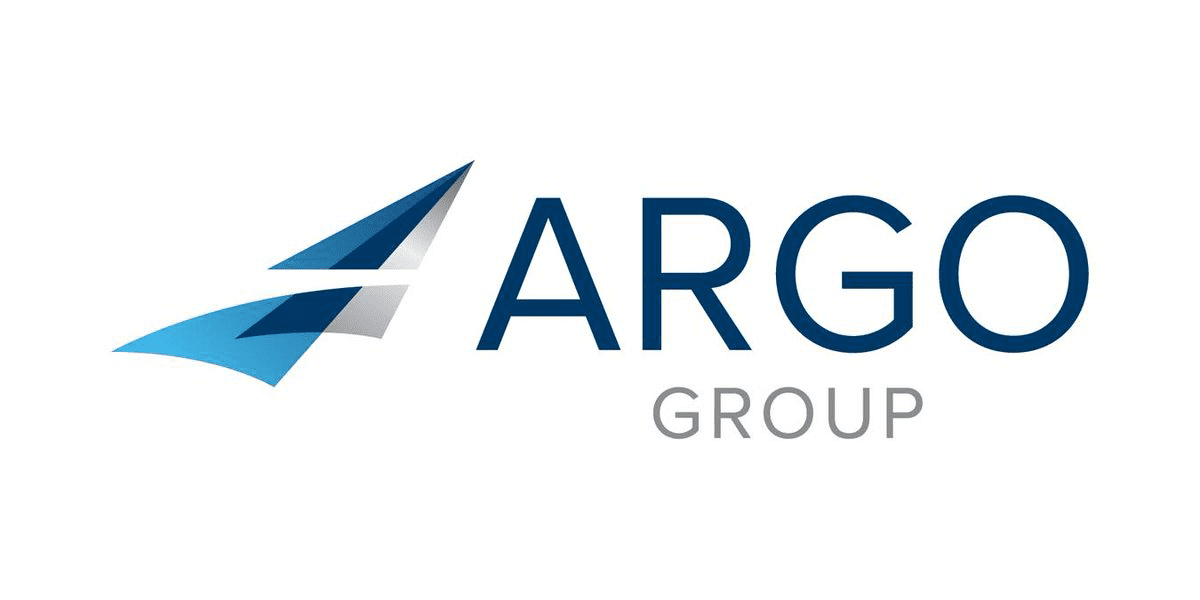

![]()

